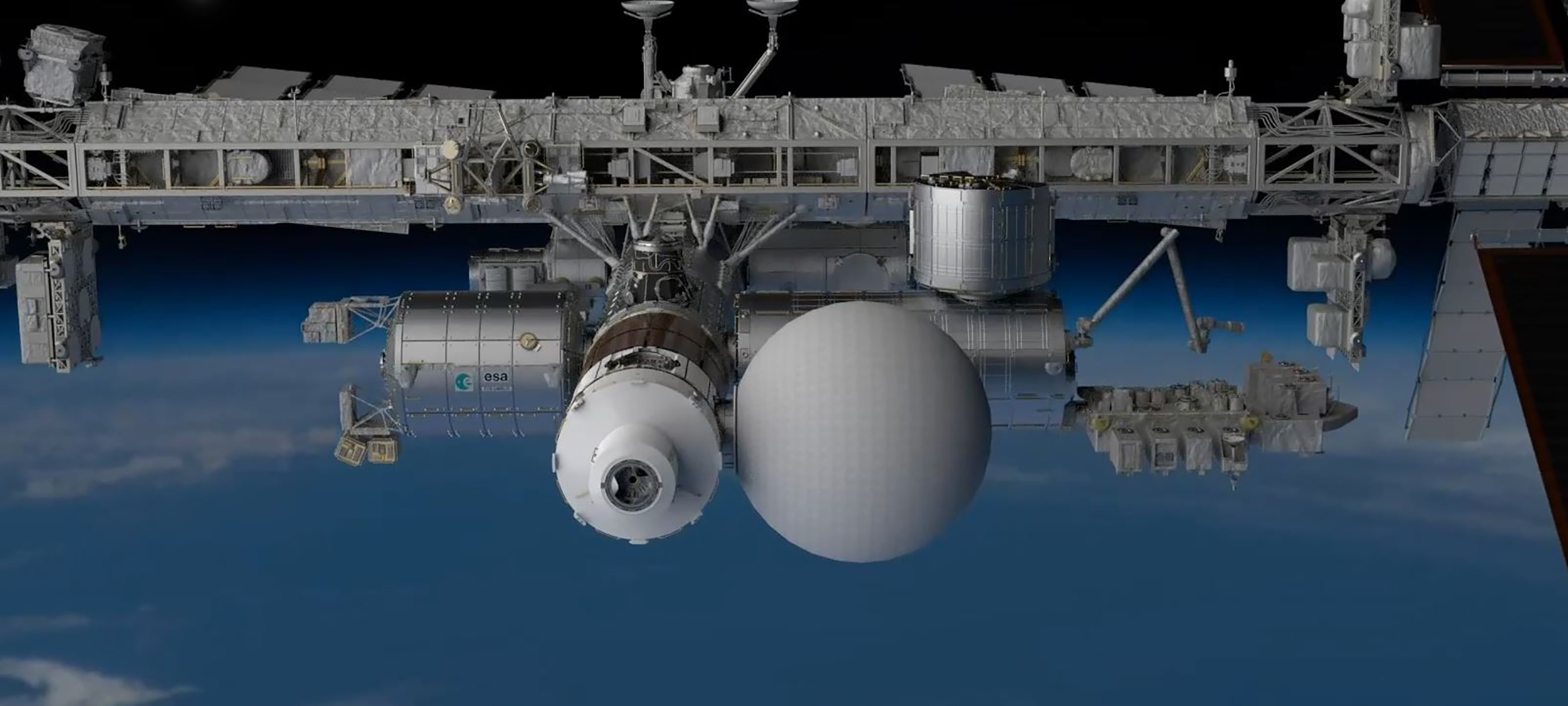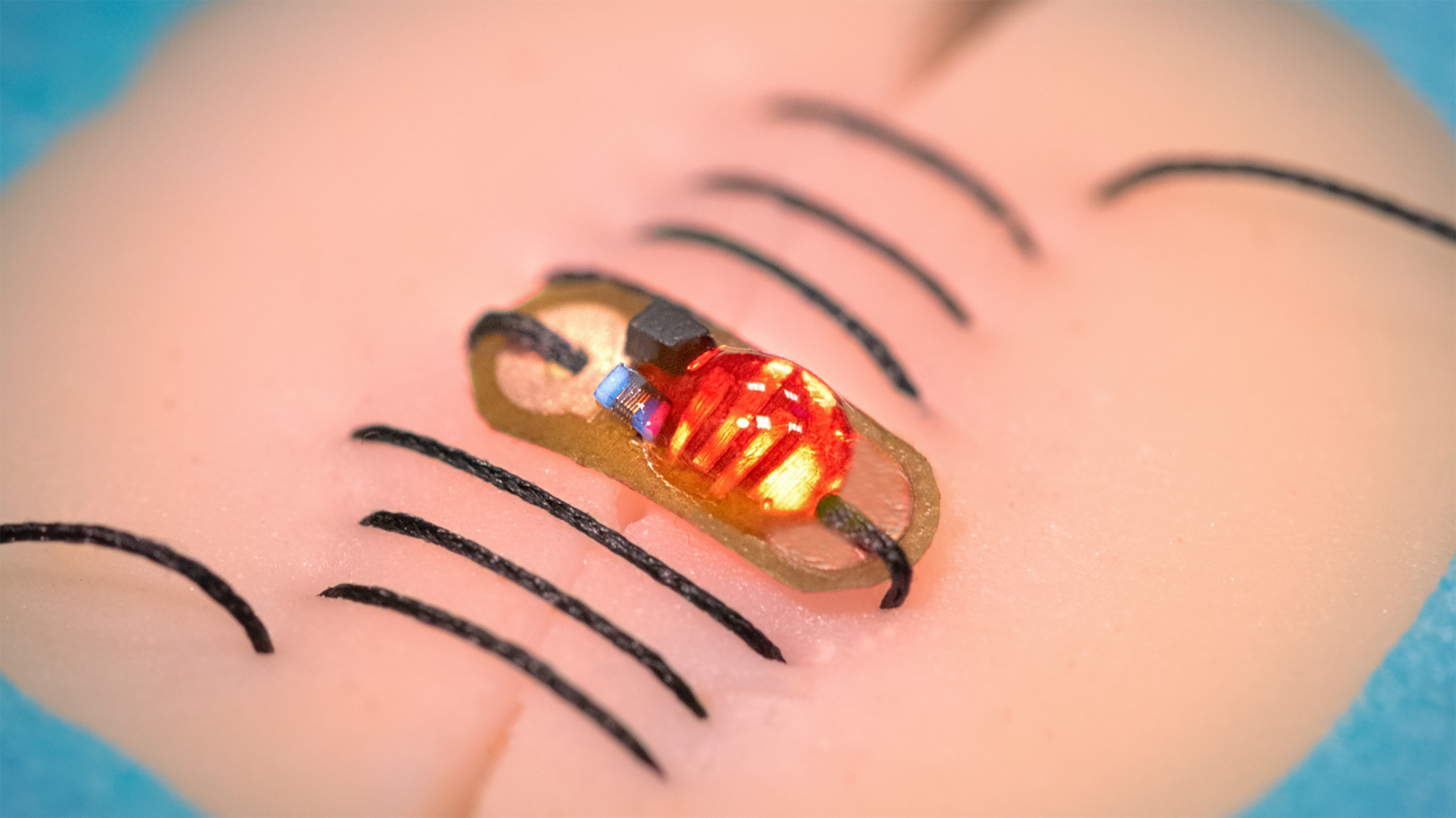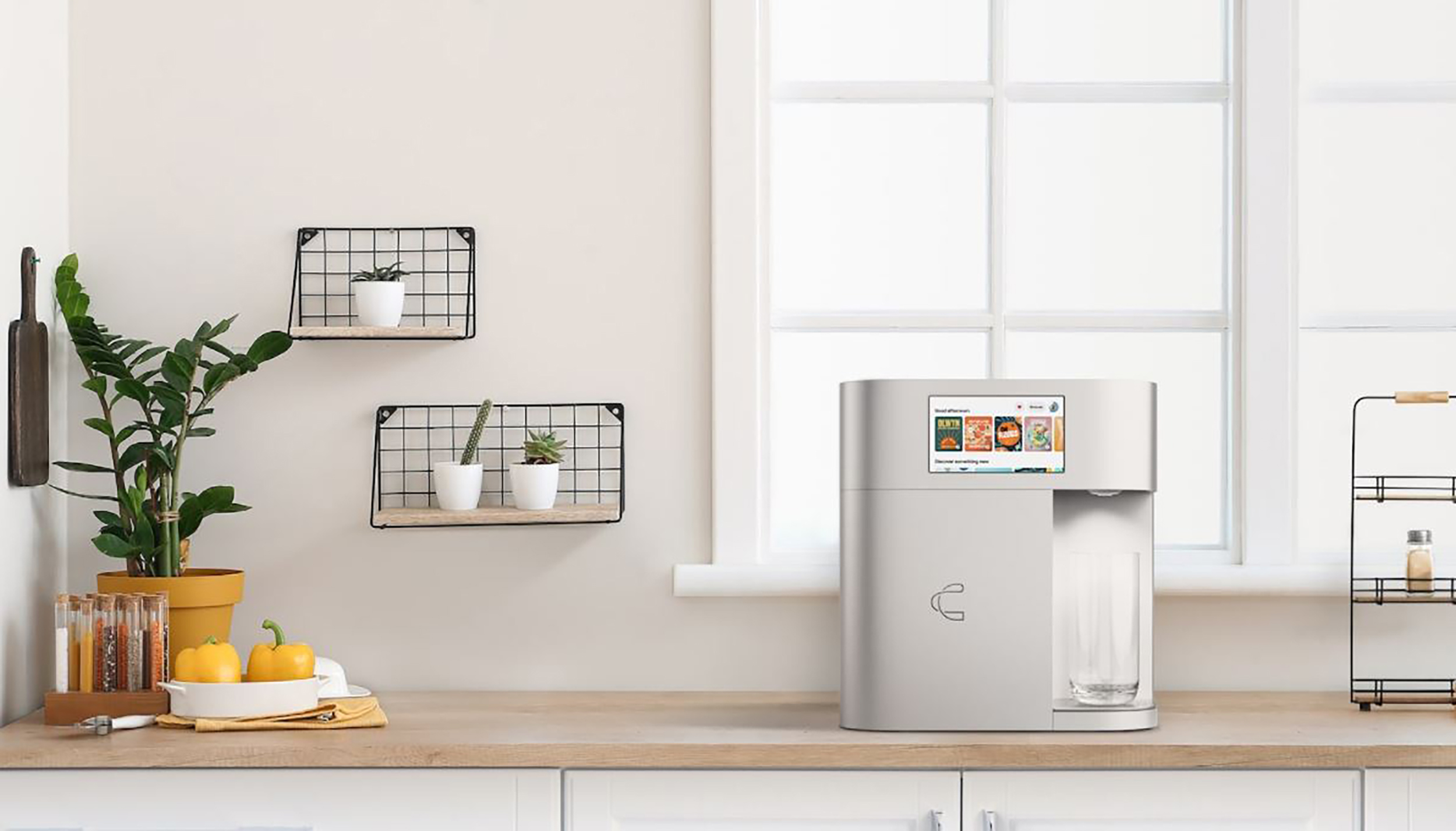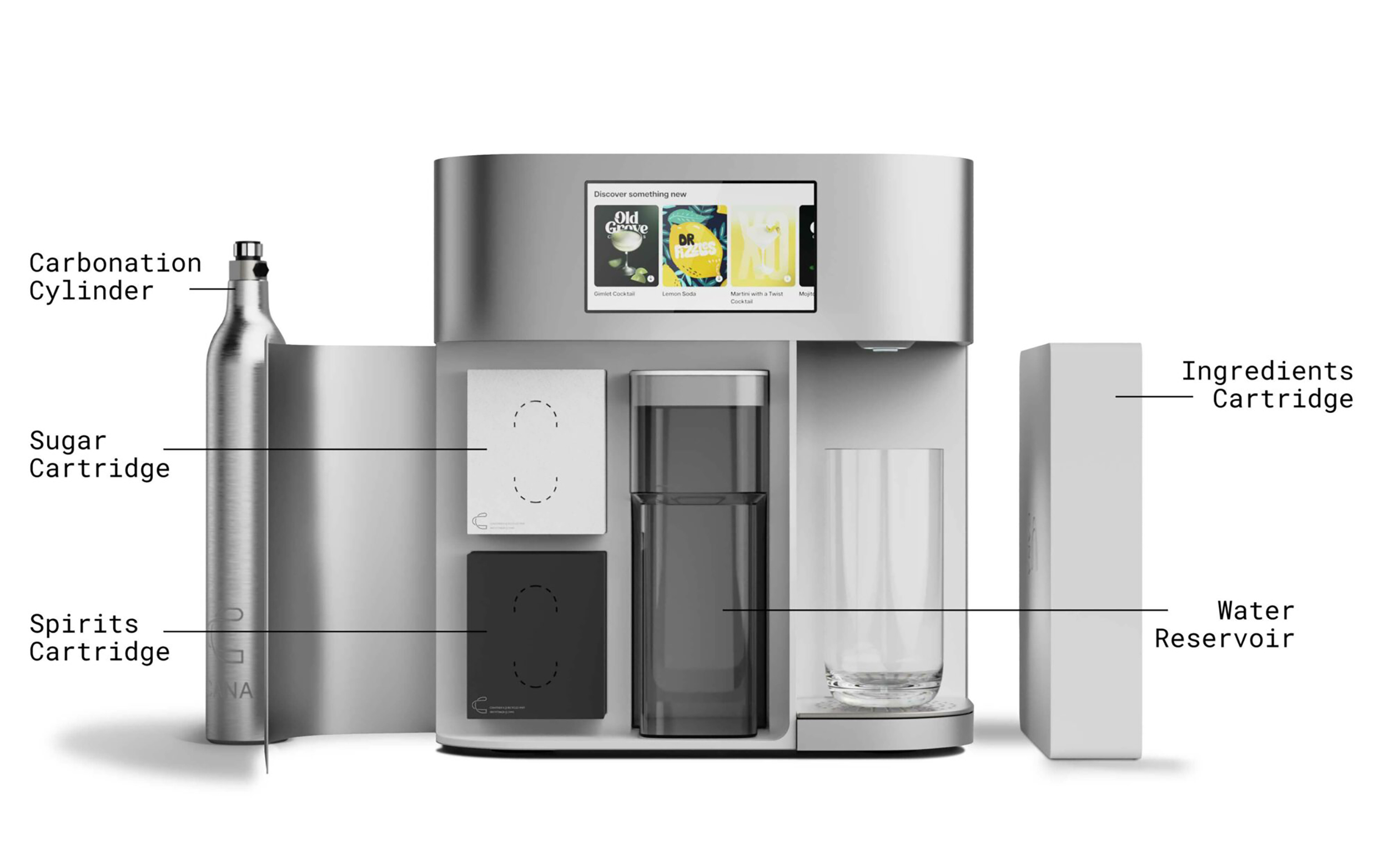An actor shooting a movie in space, a sensor device that can monitor wounds under the skin, and a home vending machine that can make thousands of drinks. Future technologies that have penetrated our daily routines.
1. The world’s first space-based film studio
Do you like movies about space? We might be able to see more realistic space movies in the upcoming future. A film studio is going to be set up in space! This great plan was announced by Space Entertainment Enterprise (S.E.E.), the UK-based company producing films. S.E.E. is developing various infrastructures related to space tourism in partnership with Axiom Space, an American aerospace startup, for the space-set studio. It was once selected as the contractor of a space hotel that will be connected to the International Space Station (ISS).
The studio ‘SEE-1’ will be built by S.E.E. together with Axiom Space as an inflatable module studio with approximately six meters in diameter. It will be transported to space by removing air to reduce its volume and then inflated by injecting air again to use it as a space. SEE-1 will dock with Axiom Station that is connected to the ISS. Why is S.E.E. trying to build a large studio in space? “It is a space for creators who want to create content in low orbit, with almost no gravity,” said S.E.E. In the case of shooting a movie in a film studio in space, it will be able to shoot in zero gravity. Meanwhile, filmmakers have been using computer graphics to shoot scenes in zero gravity. It has costed a lot of money and labor.
SEE-1 is expected to be built in space by 2024. Actor Tom Cruise will be shooting a space-related feature film in SEE-1. S.E.E. said that it would like to make use of the studio in space as a sports arena and multi-purpose concert hall in the future.
2. A vending machine that provides 1,000 drinks at home
Jobs like baristas and bartenders may disappear. This the era of printing drinks. Cana, an American startup, has created the world’s first molecular beverage printer. It can produce thousands of beverages from juice, sodas, coffee, wine to cocktails using ‘Cana One’. Cana came up with the idea that most of the beverages we drink are made up of more than 90% of water. Cana has researched various beverages at a molecular basis and created cartridges to reproduce thousands of beverages over the three years. The cartridges of sugar, alcohol, special ingredients, etc. are mixed with water to release the beverage.
Cana One is a suitable size to fit on the kitchen counter. You can simply place an order on the touch screen and get the drink you want in about 30 seconds. You can set passwords on alcohol and caffeinated beverages to prevent kids from drinking them. Each cartridge can be used for about a month, and the replacement is free. However, a fee of $0.29 to $3 (between 300 and 3,000 KRW) is charged for each drink. Nevertheless, it is still cheap. Matt Mahar, CEO at Cana, said that packaging like bottles and cans is not required, which not only protects the environment but also saves time and money in growing fruits for beverages.
Cana One plans to sell the vending machine at $499 (about 610,000 KRW) for the first 10,000 people who make a reservation on the website (www.cana.com), and then at $799 (about 970,000 KRW) after that. The delivery will begin in 2023.
3. The thread for wound monitoring
Once the incision is sutured, the condition cannot be checked unless the skin is cut again. That means complications may occur later. To prevent this issue, the ‘Smart Suture’ is developed. The Smart Suture diagnoses the internal condition of the wounded area after surgery and transmits the information to the hospital to prevent complications in advance. This technology was developed in 2016 by a research team of the Nano Lab at Tufts University, the US. Recently, a national research team at the National University of Singapore (NUS), has introduced an upgraded version of the Smart Sutures.
The Smart Sutures invented by NUS can be operated wirelessly. It was applied by RFID (Radio-Frequency Identification), a technology that uses radio waves to recognize information from a long distance. Smart Sutures are coated with conductive materials. It acts as an antenna that can respond to wireless signals. An electronic sensor is connected to this in order to process data. In the outer part of the Smart Sutures, there is a wireless reader to read the data. It sends and reads signals to estimate any complications. The real-time monitoring is possible to detect information up to 50mm deep inside the skin.
The final step of the Smart Sutures is to develop a portable wireless reader. The patient can monitor his/her condition without the help of a doctor. The national research team at NUS is currently working on this final step with doctors and medical device companies. They are also looking for ways to monitor organs and tissues located deeper inside of the body!





